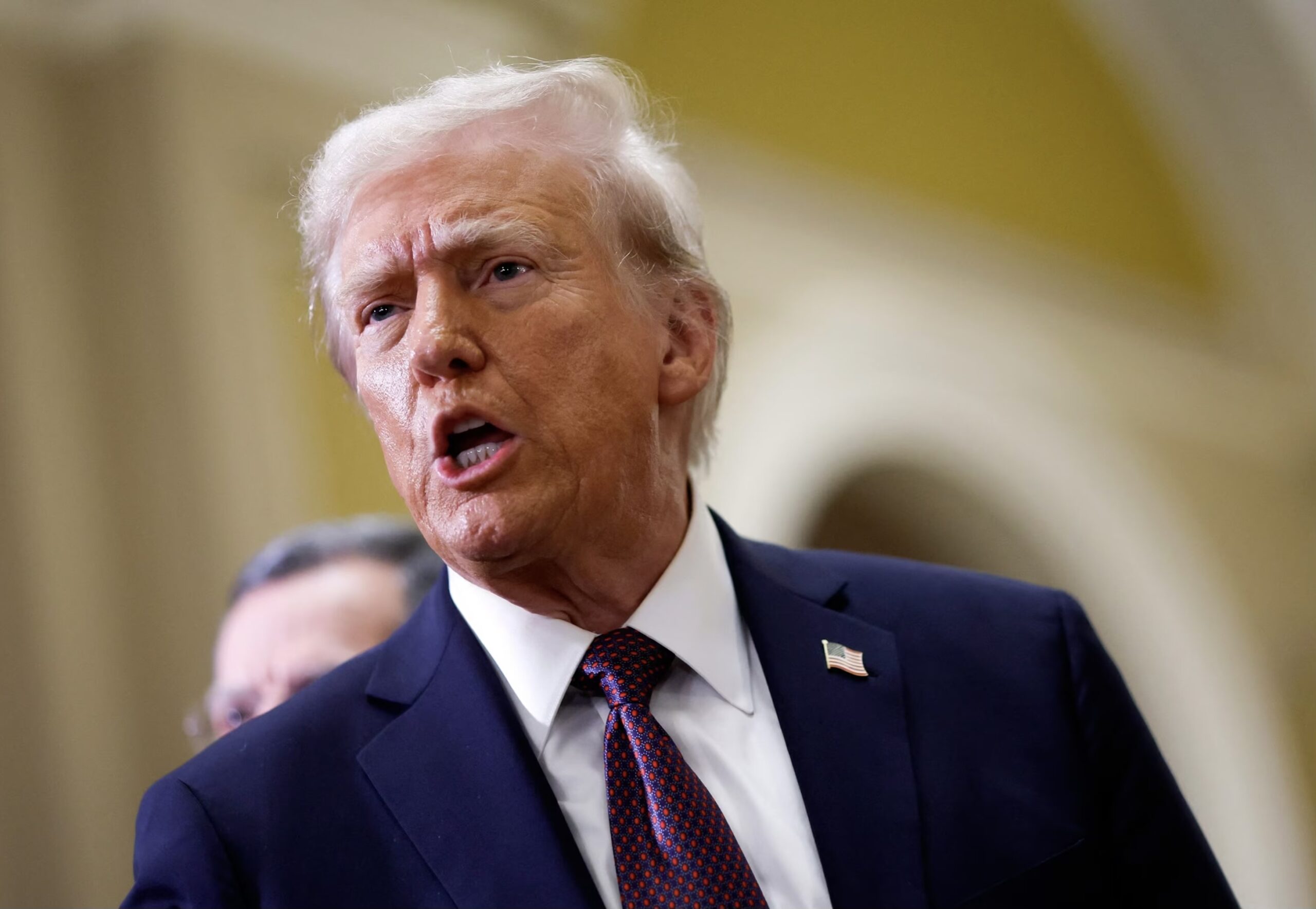US taxpayers may receive significant returns if the proposed DOGE Dividend progresses as planned
Recent developments point to a potential financial benefit for American taxpayers if the proposed DOGE Dividend under President Trump’s administration moves forward. The Department of Government Efficiency (DOGE), which was created just last month, has already made a name for itself with its bold mission to streamline government operations and reduce wasteful spending. Working closely with SpaceX founder Elon Musk, DOGE aims to tackle inefficiencies, cut unnecessary regulations, and optimize federal spending, potentially leading to a payout for taxpayers.
DOGE’s purpose is clear: eliminate government inefficiencies, reduce waste, and implement reforms. So far, the department claims to have saved $55 billion through various strategies, including fraud detection, contract renegotiations, workforce reductions, and regulatory changes. For instance, DOGE recently announced the termination of 18 grants worth $226 million, contributing to its overall savings. These actions have garnered attention not only for their immediate fiscal impact but also for the potential to reshape the management of federal funds.
At a recent summit, President Trump praised DOGE’s success, calling its savings “incredible.” He suggested that a portion of these savings could benefit American taxpayers directly. One proposal under consideration is to allocate 20 percent of DOGE’s savings as a dividend payout to citizens. Additionally, an equivalent portion could be used to reduce the national debt, addressing both personal financial relief and broader fiscal challenges.
The concept of the DOGE Dividend has sparked interest among financial experts. James Fishback, CEO of Azoria, has been a key proponent, suggesting that since the savings belong to the American people, a portion should be returned to them. Fishback estimates that with $2 trillion in total savings, each taxpaying household could receive about $5,000. This proposal, if realized, would provide a financial boost for millions of families while offering a new approach to addressing inefficiency and national debt.
Elon Musk, who has played an active role in DOGE’s efforts, has set ambitious targets for cost reductions, including a goal of achieving $1 trillion in annual savings for the government. Musk’s support for the DOGE Dividend proposal underscores its seriousness within government circles, signaling that the idea is being carefully considered.
If the DOGE Dividend is implemented, the impact on American taxpayers could be significant. A direct cash refund of $5,000 per household would offer immediate financial relief, potentially stimulating economic activity and easing financial pressure for many. Additionally, using part of the savings to reduce the national debt would address long-term fiscal challenges.
However, several questions remain regarding the feasibility of the DOGE Dividend. While initial savings are promising, the long-term realization of hundreds of billions of dollars in savings is subject to various economic and bureaucratic factors. There are also logistical challenges in verifying and distributing the funds fairly and efficiently.
The broader implications of the DOGE initiative extend beyond financial benefits. It represents a shift in how the federal government approaches efficiency and fiscal responsibility. If successful, DOGE’s model could serve as a blueprint for future reforms across government agencies. It may encourage more disciplined budgeting practices and inspire similar initiatives in other sectors.
In conclusion, the idea of a DOGE Dividend is an innovative proposal that could reshape how government efficiency and fiscal policy are viewed. While the final outcome remains uncertain, the plan has sparked meaningful discussions about the future of government spending and the potential for direct financial benefits for taxpayers.
